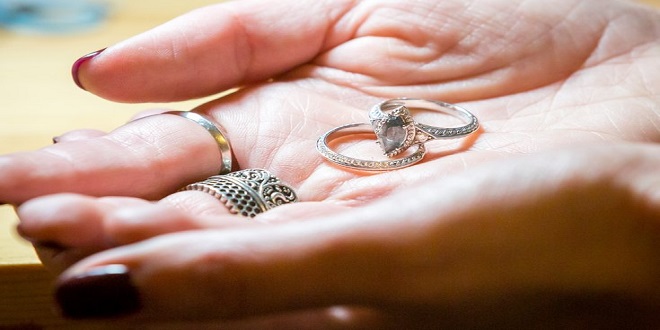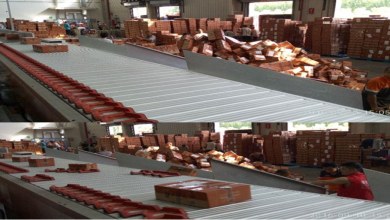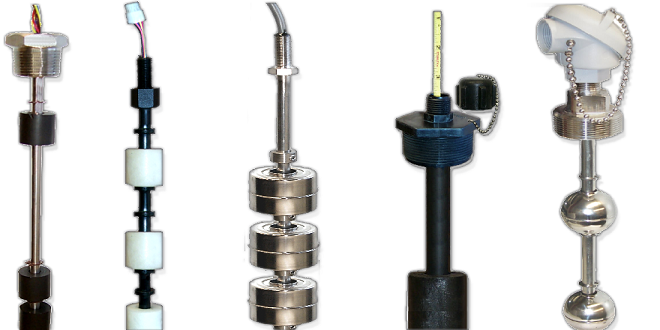Inquisitive Jewellery casting

Jewellery can be used to embellish any outfit. There are many types of jewellery to suit different fashions. The process of making jewellery is a robust one that produces beautiful, unique pieces. Jewellery casting is an important step.
Casting involves the injection of molten metal material into a mold. This usually includes a negative image of any structure. The metal is then loaded into the mould through a narrow cavity called a sprue. The metal can be retrieved once the mould and metal have cooled. Casting is a common method for creating complex forms that are difficult or expensive to make using different methods.
Casting techniques have been recognized for decades. They have been used extensively for sculpting (especially in copper), precious metal jewellery casting and armaments and equipment. While lost-wax casting is the most common method, plaster mould casting, sand casting, and sand casting are all legitimate methods. There are also many other traditional techniques.
Lost-Wax Casting:
This method is used for jewelry casting. The lost wax method can be used with any substance that might melt, scorch, or dissipate to make a hollow. The sculpture is made from polystyrene foam and placed inside a casting container with scope and drag. Casting sand would then be used to load it. The lost wax method can also be used to make wax models and small miniatures.
The Benefits of Jewellery Casting
Casting has become much more simple and convenient thanks to technological advances. Casting jewellery offers many benefits. Here are a few:
The accuracy of the models: A mould must accurately represent the object. This can be an inheritance, a sculpture or an antique piece that you wish to recreate. These are the steps in casting lost wax and then using a mold to create the masterpiece.
The durability of jewellery: Many securely channelled pieces are free from soldering areas which can cause jewellery to shatter or deteriorate. Users can’t see the jewels in a design sculpture, but they can make sure that it has a solid foundation. Casting prongs can be glued around the gemstone but are not an integral part of the design. This improves the endurance.
You have the power to create unique designs: Casting gives us total freedom. If you have a pattern for jewellery and aren’t capable of reassembling them using cable manipulation or riveting then it could be channeled alternatively. Modern digital technology could allow for a drawing of the mould. The mould could then be used throughout the lost wax casting process to create the desired piece.
A cost-friendly method to make jewellery: Casting is often the most economical and effective way to create a geometry with predefined structural characteristics.
Handling the metals is easy: Not all alloys and not all compositions such as extremely deformation resistant metal-based composites used in gas turbines could be placed and handled manually.
You can create intricate designs by allowing melted metals to flow through a small segment of the liquid chamber. Every complicated form can be made easily.
Due to the different cooling rates, the castings retain their original characteristics in all orientations.
Fortune Business Insights ™ reports that the global jewelry industry was USD 330.0 billion in 2019, and will reach USD 266.53 trillion by 2027. This represents a 3.7% CAGR over the forecast period.





